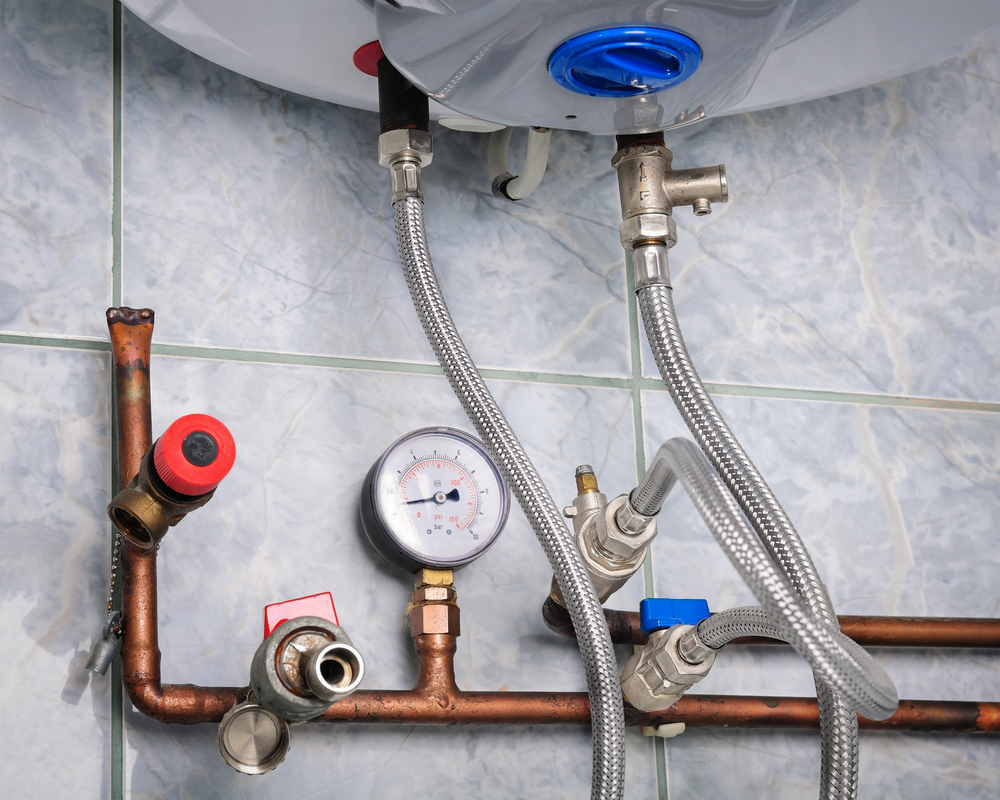Proven Tactics for Resolving Low Water Pressure in Your Home
Proven Tactics for Resolving Low Water Pressure in Your Home
Blog Article
We have unearthed the article relating to Low Water Pressure in the House? directly below on the web and felt it made sense to relate it with you here.

Low water pressure in your house can be an irritating issue, affecting everything from showering to cleaning dishes. If you're experiencing weak water circulation, there are a number of feasible causes and remedies to check out. In this overview, we'll review common reasons for low water pressure and functional steps to attend to the problem properly.
Intro to Low Water Stress
Low water pressure happens when the circulation of water from your taps, showers, and other components is weaker than common. This can make day-to-day jobs more difficult and less effective. Recognizing the sources of low water stress is critical to locating the best service.
Typical Sources Of Low Water Pressure
Pipeline Obstructions
Over time, pipes can come to be obstructed with mineral deposits, sediment, or particles, restricting the flow of water. This is a common concern in older homes with galvanized steel pipelines.
Deterioration
Rust within pipes can bring about leaks and lowered water pressure. Rust accumulation can tighten water flow, specifically in aging plumbing systems.
Faulty Pressure Regulators
Pressure regulators are responsible for preserving regular water pressure in your home. If they malfunction, it can cause low tide pressure or uneven circulation throughout the house.
Municipal Water System Issues
Occasionally, the problem exists outside your home. Community water supply problems, such as main line leaks or maintenance work, can briefly lower water pressure in your area.
Exactly How to Detect Low Water Stress
Examining Faucets and Components
Begin by testing the water stress at different taps and fixtures throughout your home. If the issue is isolated to specific locations, it might show local issues.
Evaluating Pipes
Evaluate noticeable pipes for signs of leaks, rust, or obstructions. Pay attention to any kind of uncommon sounds, such as banging or rattling pipelines, which can indicate problems within the plumbing system.
Consulting with a Plumber
If you're unable to determine the cause of low water pressure, think about hiring a professional plumber to perform a complete evaluation. They can determine underlying issues and advise ideal services.
Do It Yourself Solutions to Take Care Of Low Tide Stress
Cleaning Up Aerators and Showerheads
Mineral deposits can gather in aerators and showerheads, reducing water circulation. Eliminate and cleanse these elements frequently to enhance water stress.
Flushing Water Heater
Debris build-up in the hot water heater can restrict flow and reduce effectiveness. Flushing the tank regularly aids remove sediment and preserve optimal performance.
Examining Stress Regulator
Guarantee that the pressure regulator is operating properly. Changing or replacing the regulatory authority can assist recover proper water stress throughout your home.
Cleaning Clogs in Piping
For small clogs, try making use of a plumbing snake or chemical drainpipe cleaner to clear obstructions in pipes. Be cautious when utilizing chemicals and adhere to safety and security standards.
When to Call a Professional Plumber
If DIY efforts fail to settle the issue or if you suspect significant plumbing troubles, it's ideal to seek aid from a certified plumber. They have the competence and devices to deal with complex problems securely and effectively.
Safety Nets to Preserve Water Stress
Regular Upkeep
Set up regular maintenance for your plumbing system to prevent problems such as rust, leaks, and obstructions. Resolving small problems early can help prevent more considerable repairs later on.
Setting Up a Pressure Booster
Think about installing a pressure booster pump to improve water stress in locations with regularly low flow. This can be particularly helpful for multi-story homes or homes with high-demand fixtures.
Surveillance Water Use
Be mindful of water use habits and prevent ill-using the plumbing system. Simple adjustments, such as staggering showers and washing loads, can help keep appropriate water stress.
Verdict
Managing low water stress can be frustrating, but recognizing the underlying reasons and implementing appropriate solutions can restore optimal flow throughout your home. Whether it's cleansing aerators, checking pipelines, or seeking advice from a plumber, taking positive actions can ensure a consistent supply of water for your everyday demands.
How to Fix Low Water Pressure In Your Home
Municipal Water Supply Issues
Scheduled maintenance, high demand, and water main breaks are all potential causes for low water pressure within a city or county’s water lines. While there’s not much you can do to personally fix a problem with your city or county’s water supply system, you can play a big role in documenting the issue and alerting those who can.
How to fix it:
Ask your neighbors if they are experiencing any issues with low water pressure. If multiple homes are affected, it’s likely related to the city’s water line. Contact the local Water Authority to see if there is any maintenance taking place that might be affecting your supply. Also let them know of your specific issues. If other homeowners report the same issues, they’ll know that there could be a larger issue to look into. Faulty Fixtures
A damaged or clogged shower head, faucet or appliance is the first thing we’d suggest checking, especially if low water pressure appears to be isolated to a specific area of your home.
How to fix it:
First, turn off the main water supply to your home. Check the affected appliances for build-up or debris. In the case of a faucet, you can simply unscrew the aerator at the tip of the faucet. Showerheads should be fully detached from the water pipe. While the appliances are detached, you may want to check the water supply to determine if the fixtures were in fact the issue. To clean, soak the showerhead or aerator in vinegar and brush off any visible debris. Reattach the fixtures and check the water pressure again. If it is still low, there is likely a deeper issue at hand, which can be determined by a professional plumber. Pipe Obstructions
Mineral deposits, rust or other debris within water pipes can lead to blockages or corrosion over time.
How to fix it:
When you think of a clog, you probably think of a drain clog. While there are many DIY solutions to clearing a drain, clogs in a water pipe will almost always require the help of a professional plumber. A plumber will be able to locate the affected pipe and clean out any debris or mineral deposit buildup. In severe cases, the pipe may need to be replaced. Your plumber might also recommend a water softening system to remove the minerals from your home’s water supply that can contribute to pipe blockages over time.
Plumbing Leak
Undetected water line leaks can divert water away from your residential pipes, reducing the water pressure in your fixtures.
How to fix it:
Check your water meter by turning off all water sources and monitoring the meter for any movement, which could be a clear indicator of a potential leak. Check all visible pipes for signs of leaking, including water stains, active dripping or damp spots around the pipe. Inspect fixtures, including faucets and showerheads, for any drips. Test the pressure but recording the pressure with the main water valve shut off. Leave off for a few hours and test again. A significant drop in pressure is a clear sign of a leak. https://kiddcoplumbing.com/plumbing-blog/how-to-fix-low-water-pressure/

Do you appreciate reading about 9 Reasons for Low Water Pressure in Your House? Post feedback down below. We would be happy to listen to your thinking about this entry. We are looking forward to see you back again soon. Do you know about another individual who is excited by the topic? Take a moment to promote it. I value your readership.
Top Article Report this page